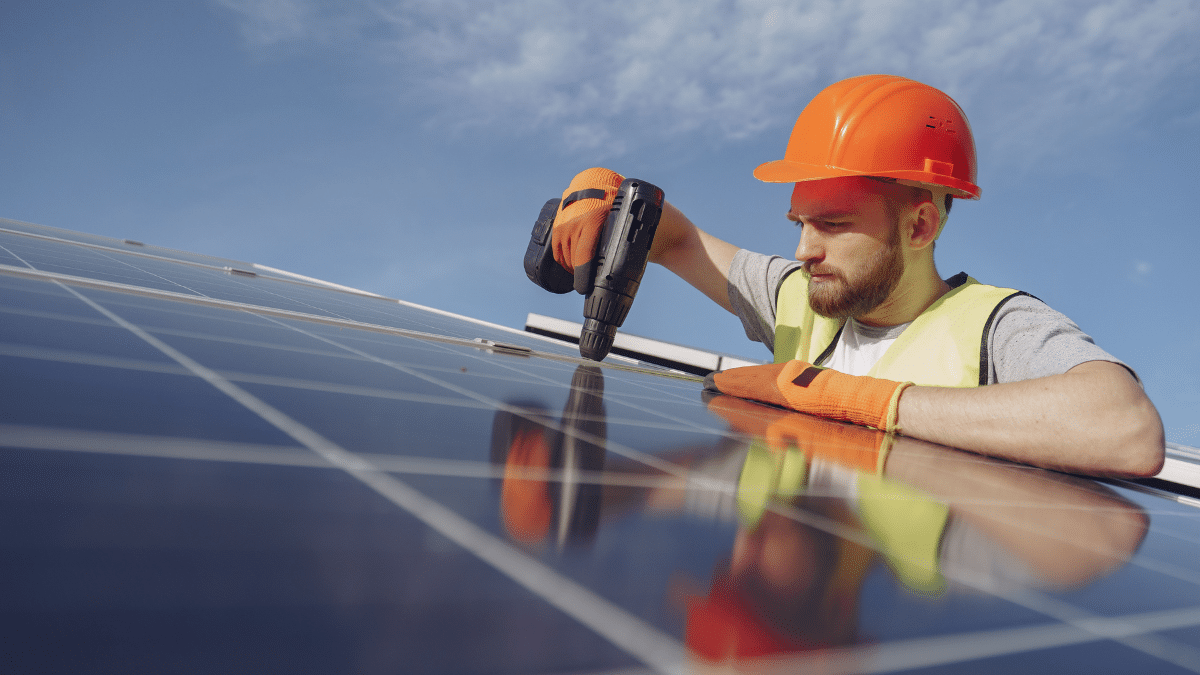Selling renewable energy source (RES) installations, such as photovoltaic panels, heat pumps, or wind turbines, requires an appropriate approach to individual customers. Unlike businesses, private individuals often need more explanations and support at each stage of the process. Below, we present key steps that will help effectively sell RES to retail customers.
Customer Needs Identification
The first step is to thoroughly understand the customer’s needs and expectations. Questions should be asked regarding:
- Energy consumption – does the customer want to reduce electricity bills, become independent from the supplier, or care for the environment?
- Technical conditions – is the property suitable for installation (e.g., roof for photovoltaics, plot for a heat pump)?
- Budget – what are the customer’s financial capabilities, and are they interested in subsidies (e.g., the “Mój Prąd” program or thermomodernization tax relief)?

Education and Awareness Building
Many people don’t have sufficient knowledge about RES, so it’s important to:
- Explain economic benefits (e.g., savings on bills, possibility of selling energy surpluses).
- Present ecological aspects (CO₂ emission reduction, use of clean energy).
- Debunk myths and doubts (e.g., regarding winter efficiency, panel lifespan).
Presentation of a Tailored Offer
Based on the collected information, a solution adapted to the customer should be proposed, considering:
- Type of installation (photovoltaics, heat pump, energy storage).
- System power (matched to energy consumption).
- Costs and financing (possibility of installment payments, leasing, subsidies).
It’s worth showing a savings simulation (e.g., return on investment within 5-7 years) and comparing the offer with competitors.
Transparent Presentation of Costs and Financing
Individual customers often fear high initial costs. Therefore, you should:
- Explain the total investment cost (including installation and possible add-ons).
- Propose forms of funding (e.g., thermomodernization tax relief, “Czyste Powietrze” program).
Present the possibility of credit or leasing (cooperation with banks or leasing companies).
Ensuring Professional Installation and After-Sales Support
The customer must be confident that the installation will work trouble-free. It’s worth:
- Working with certified installers.
- Providing a warranty for equipment and services.
- Offering monitoring and service (e.g., remote system efficiency checking).
Building Long-Term Relationships
Selling RES is often the beginning of cooperation – the customer may consider additional investments in the future (e.g., energy storage, electric car charger). Therefore, it’s worth:
- Maintaining contact after the sale (e.g., through a newsletter with tips).
- Asking for references and recommendations (a satisfied customer is the best advertisement).
- Offering loyalty programs (e.g., discounts on modernization).

Summary
Effective selling of RES to individual customers requires a combination of technical knowledge, communication skills, and trust. Understanding customer needs, reliable education, a transparent offer, and professional after-sales service are key. This will make the investment in RES simpler and more profitable for the customer, while the seller will build lasting business relationships.

Wojciech Krzeczowski
A graduate of the University of Life Sciences in Lublin, where he completed his studies in automotive engineering and energy. For over seven years, he has been "infected" with a passion for renewable energy sources, which has resulted in the sale of over 600 photovoltaic installations and more than 6,000 client meetings. Currently, he runs INACO sp. z o.o., a company specializing in providing innovative photovoltaic solutions for businesses. As he himself says, "I not only help people save on electricity bills but also on depression medication costs, because solar energy is simply a better life!".
